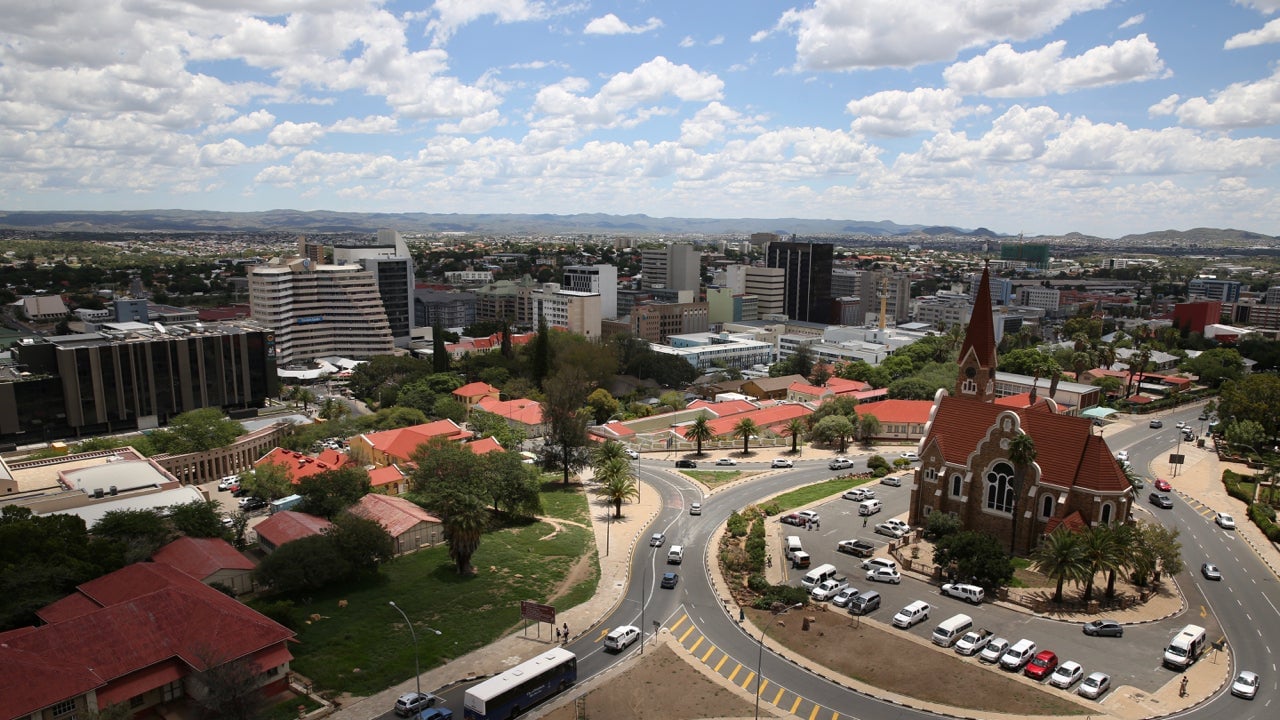Why Namibians want fresh impetus behind land reform
Twenty-eight years after independence, wealth in Namibia is still skewed along racial lines laid down in the colonial period. The level of inequality is one of the highest in the world, according to the World Bank.


Twenty-eight years after independence, wealth in Namibia is still skewed along racial lines laid down in the colonial period. The level of inequality is one of the highest in the world, according to the World Bank.
Land distribution plays a big part in keeping this pattern of inequality in place, and the country is holding its Second National Land Conference in October to discuss reform. But many Namibians are unhappy with this approach—and new forms of inequality are emerging too. This calls for a more radical approach to distribute not only land, but wealth more evenly.
The October conference will focus on the fact that 48% of the land is privately owned (freehold), 35% is communal land vested in the state and administered by customary authorities, and the rest (17%) is state land, including national parks and restricted areas, according to the Namibia Statistical Agency’s 2018 study.
Over 70% of the Namibian population make their living from communal land, but fewer than 5000 individuals —out of a population of just over 2.5 million—own freehold farmland. The pattern of land distribution and ownership reflects class inequality and perpetuates racial inequalities.
This inequality is a direct consequence of land dispossession during the colonial and later apartheid eras and its division into the three categories.
Since independence in 1990, the land reform program has focused on two ways of correcting historical wrongs. The National Resettlement Programme allows the government to buy freehold land to resettle landless Namibians. It has followed the “willing seller, willing buyer” principle. The Affirmative Action Loan Scheme allows formerly disadvantaged people to get subsidised loans from the Agricultural Bank of Namibia to buy land.
There is general discontent with the success of the program and calls are growing for the land reform program to be reviewed and for a new direction.
Policy failure
Since 1990, only 3 million hectares of land have been acquired through the National Resettlement Programme and 6.4 million hectares through the Affirmative Action Loan Scheme and private commercial banks. About 70% of the freehold agricultural land is still owned by white people. The previously disadvantaged (black and colored people) own only 16%.
There’s a scramble among the previously disadvantaged for what little freehold land has been acquired by the government for resettlement. A new elite, often with close ties to government and international investors—rather than the most disadvantaged—tend to benefit.
As for communal lands, increasing demand and a variety of new uses of the land are posing a challenge to customary rights and systems. Emerging informal land markets in populated areas threaten people’s security of tenure and their user rights. What Namibia needs in these areas is a plan for thorough agrarian reform.
The land reform discussions don’t address the way land is being turned into capital, or who profits from it. Very few of the commercial farms are profitable agriculturally, and the most lucrative farm lands are now the ones with mining, tourism, trophy hunting, conservation, or real estate potential. Many landowners have long since withdrawn the capital from their land and put it into these more profitable businesses.
Redistributive justice
To bring about redistributive justice, Namibia needs to analyse where the profits go that are gained through the capitalization of land that was stolen in colonial times.
Urban land, much of it still owned by the old elite, is where real profits are made today. As in many other African countries, the profits made in Namibia by international conglomerates or the small Namibian elite no longer come directly from land ownership. They come from owning the capital to invest, from having the know-how and networks to link up with global markets, or from owning urban land paid for by selling private farm land illegally acquired during colonial and apartheid times. A national and international elite has withdrawn its capital from the land, while the majority of the people never had a chance to accumulate land or capital.
The shortcomings of the current land reforms suggest that voluntary, market-based transactions of land might not be a suitable measure to redistribute land, not to speak of wealth and power. The “policy” of national reconciliation has delivered one-sided benefits. The politics of national reconciliation are used to justify the status quo—an avoidance strategy to address the structural problems in Namibia. A more radical approach must be considered to redistribute land and capital. Only then will formerly disadvantaged people become equal co-owners of Namibia’s land and wealth.
This article is republished from The Conversation under a Creative Commons license. Read the original article.